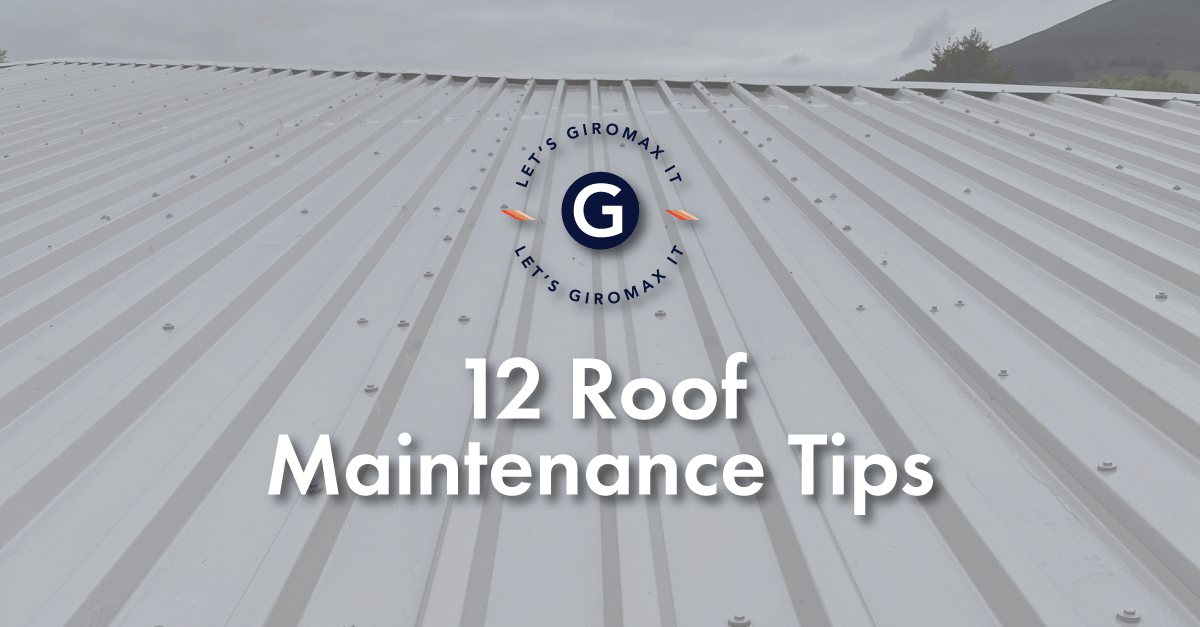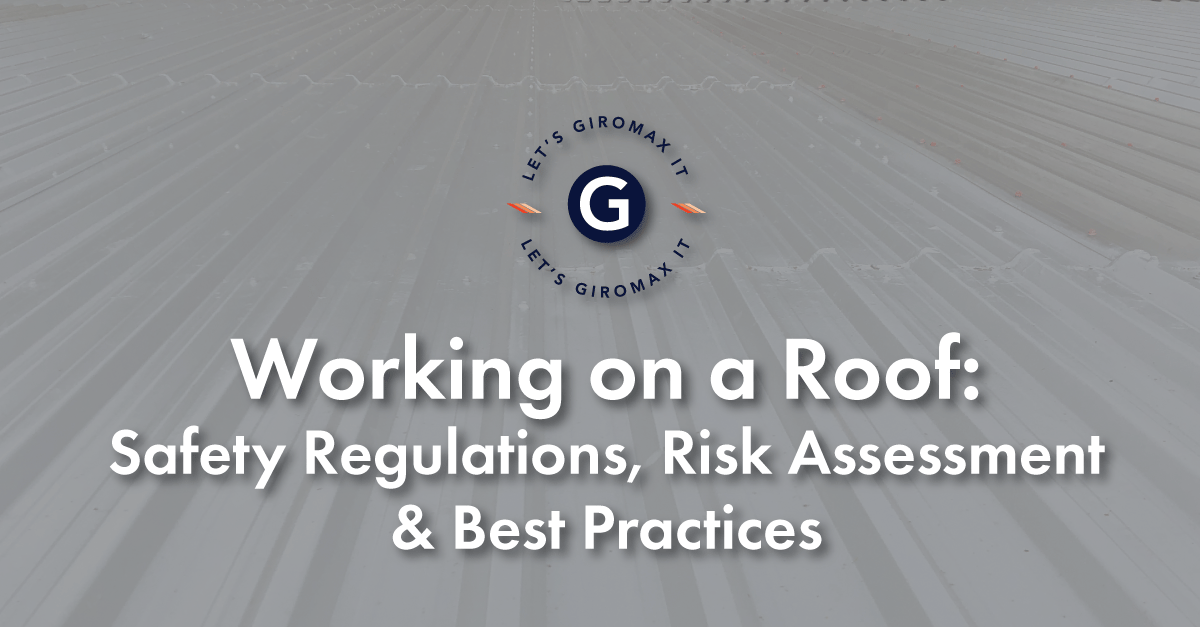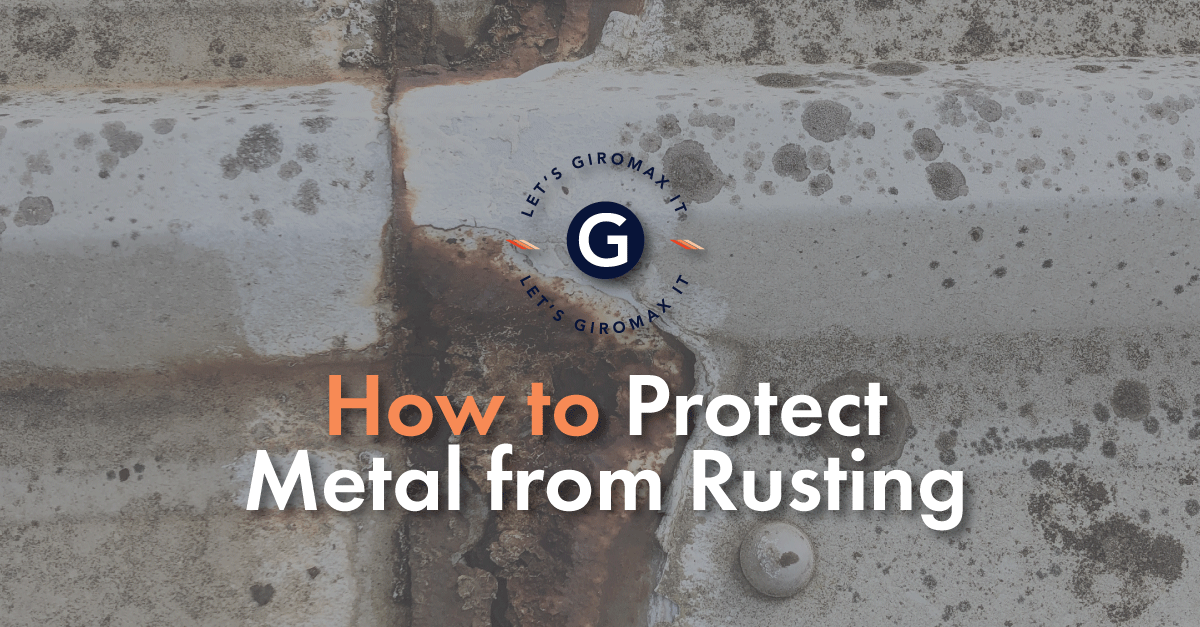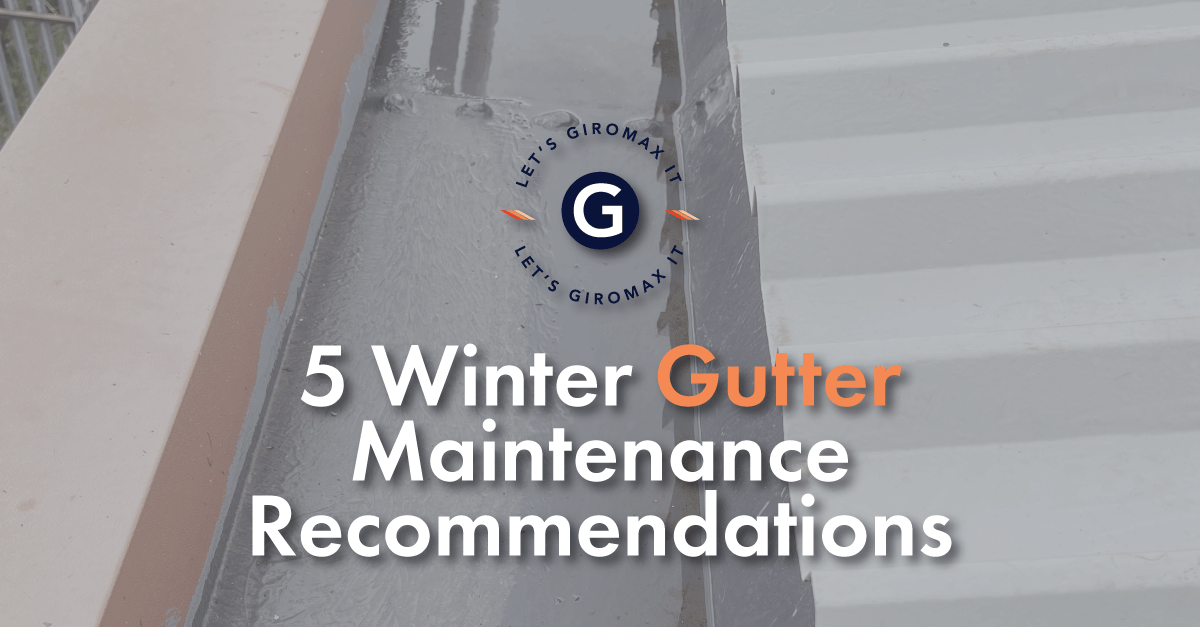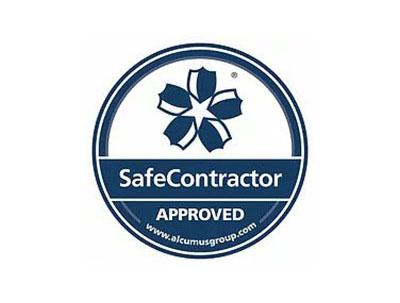12 Roof Maintenance Tips
Roof maintenance prevents costly repairs and replacements, helping to extend the lifespan of your roof. We share 12 roof maintenance tips.
Regular roof maintenance prevents costly repairs and can extend the lifespan of your roof. Although roof materials are designed to be robust and durable, they are continually exposed to the elements. Therefore, over time they can deteriorate and offer less protection for your property or premises. In this article, we share 12 roof maintenance tips.
1. Check for Missing or Damaged Shingles
Shingles are a type of roof material that overlaps to create a decorative and sturdy protective layer. If your building has a roof made from shingles, look for any that are cracked, curled, or missing altogether. Damaged shingles can lead to water leaks and other issues if they are left unchecked.
2. Inspect Flashing
Flashing comes in a variety of materials including steel, aluminium, copper, and even lead on older buildings. Installed around certain roof features, it’s used to direct water away from the roof. Examine the flashing around chimneys, vents, and skylights to ensure these areas are intact and fully sealed. Look for signs of rust, cracks, or separated flashing from the roof.
3. Examine Gutters and Downspouts
Over time, due to age or stormy weather, guttering and downpipes can become detached from buildings. Inspect gutter and fixings to ensure they are securely attached, and free from any debris. Check for any signs of rust, sagging, or water stains inside the building, which could indicate blockages.
4. Look for Moss, Algae, or Lichen
Moss, algae, or lichen are commonly found on rooftops, but if this plant matter is not removed it can cause damage. In frosty conditions, this type of organic matter can freeze and expand, placing pressure on roofing materials and causing cracks. If left unchecked, this could lead to leaks. Remove organic matter carefully and apply a fungicidal treatment to prevent future growth.
5. Check Attic for Leaks
Inspect roof spaces and attic areas and look for any signs of water intrusion. Typical signs of a potential water leak include water stains, mould or mildew, including within the building on ceilings and walls. Pay special attention to areas around roof penetrations where pipework, equipment or conduits cut through the building envelope.
6. Inspect Insulation
While inspecting roof spaces and attic areas, also check whether insulation materials are dry and evenly distributed. When insulation batts get wet, the weight of the water can cause compression, reducing its performance. Wet or compressed insulation can indicate a roof leak, and mould can also begin to grow between the insulation batts.
7. Examine Roof Supports
During your inspection, view the roof from different angles to carefully check for any sagging or uneven areas, particularly around the roofline. If there are any evident depressions or dips, this could indicate structural damage that needs a further professional assessment. When water ingress has affected the roof frame, this could lead to a costly roof replacement.
8. Inspect Soffits and Fascia
Soffits and fascia are crucial for ventilation. A soffit allows buildings to ‘breathe’ when cool air is drawn into the soffit vent, helping to regulate the building’s temperature. The fascia supports the guttering and roofline, strengthening the roof’s integrity. When carrying out maintenance, look for any signs of damage, rot, or pests living within these roof areas.
9. Check for Loose or Overhanging Branches
Overhanging trees and branches can cause substantial damage to the roofline and roof surface if they are not managed properly. As well as broken branches falling into guttering and causing blockages, in stormy weather, larger boughs can wreck rooftops. Trim back any branches that are close to or touching the roof to prevent damage from wind or fallen debris.
10. Ensure Proper Ventilation
Roof vents play an important role, allowing fresh air to circulate throughout the roof structure and preventing condensation within the building. When roof vents become blocked, moisture can build up. When left unchecked, this can turn into mould and rot. By checking roof vents are clear and functioning properly, this allows adequate airflow through the roof space.
11. Remove Debris
High winds and stormy weather can throw different types of debris onto rooftops. Clear any fallen leaves, twigs, and other matter from the roof surface to prevent water buildup. Over time, debris can damage rooftops, causing potential damage and water leaks.
12. Clean Gutters
When rainfall collects in blocked guttering, it can lead to water pooling and then overflowing onto the surrounding roof surface and ground below. This can place excessive pressure on lower roof areas, especially structures made from glass panels or conservatories, leading to leaks. Regularly clean gutters to ensure water is directed away from the roof and foundation of the building to prevent flooded areas inside and outside.
Conclusion
By staying proactive with your roof maintenance, you can minimise your repair costs and prolong the lifespan of the roof. Check for missing shingles and any damaged roof areas that could cause water leaks. Clear roof vents and gutters, making sure downpipes are firmly affixed to the building. Remove any debris and organic matter from roof surfaces. Keep overhanging trees cut back away from the roofline to avoid any damage.
If you identify any areas of the roof that need a protective sealant or roof coating, carry out repairs and maintenance to preserve the integrity of the roof. There are a variety of formulas that can be used on residential, commercial and industrial buildings. Roof coatings can help to protect the roof against UV rays, weather conditions, and the impact of fallen debris.
For more information about professional roof maintenance and how we can help, call 01455 558969 or email: sales.orders@giromax.co.uk
Get updates from us
Sign up to our newsletter to receive all the latest news and insights from Giromax Technology.
Subscribe to NewsletterRelated articles
Working on a Roof: Safety Regulations, Risk Assessment & Best Practices
When working on a roof, understanding work at height regulations and conducting a risk assessment helps to ensure essential safety...
How to Protect Metal from Rusting
When considering how to protect metal from rust, there are treatments for roofs. We look at common methods to prevent...
5 Winter Gutter Maintenance Recommendations
Regular gutter inspections in winter and removal of debris, snow and ice ensures gutters stay clean. We share winter gutter...

